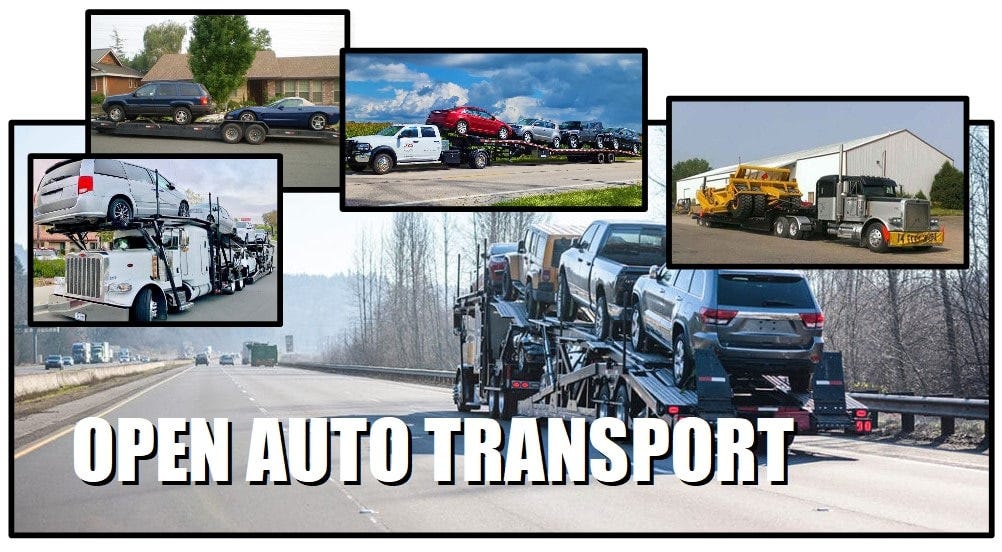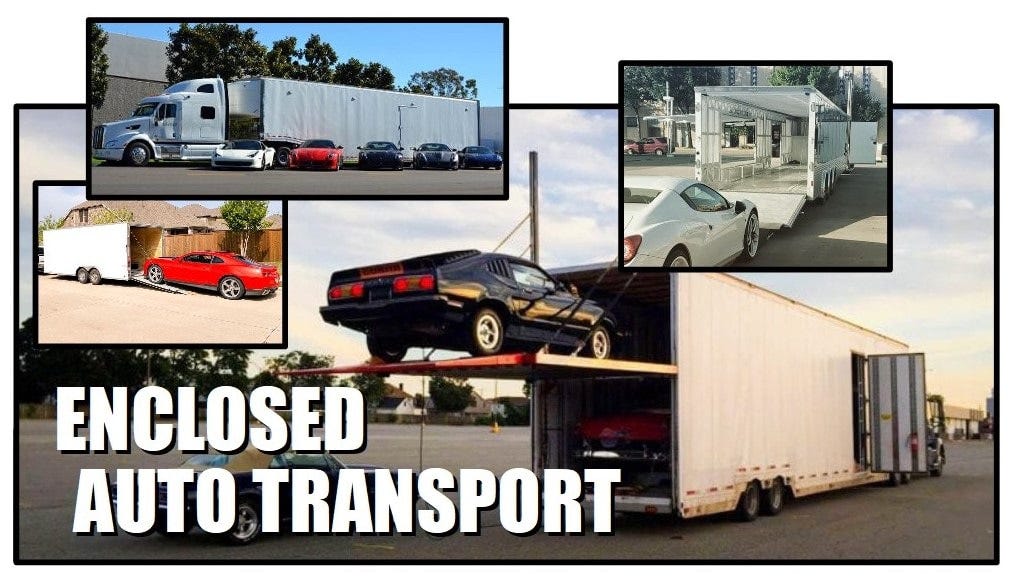Open vs. Enclosed Carriers: What's Best for Inoperable Vehicles?
Transporting an inoperable vehicle requires careful consideration of the type of carrier used: open or enclosed.
Each option has unique advantages and potential drawbacks, making one more suitable than the other depending on the vehicle's condition and the owner's priorities.
Here’s a breakdown of both methods to help you decide.
Open Carriers for Inoperable Vehicles
Pros:
Cost-Effective: Open carriers are typically the least expensive option, as they can transport multiple vehicles at once.
Availability: Open carriers are more widely available, leading to quicker scheduling and pickup times.
Suitable for Standard Vehicles: This option works well for non-luxury inoperable cars where cost savings outweigh exposure risks.
Cons:
Exposure to Elements: Vehicles are not shielded from weather conditions, road debris, or dirt during transit.
Limited Equipment: Not all open carriers are equipped to handle inoperable cars, as special tools like winches or ramps might be required.
Best for:
Vehicles with minor mechanical issues.
Standard cars where aesthetic condition is not a priority.
Situations where cost and quick service are the main considerations.
Enclosed Carriers for Inoperable Vehicles
Pros:
Protection: Enclosed carriers shield vehicles from weather, road debris, and other environmental risks, ensuring maximum safety during transport.
Specialized Handling: These carriers are often equipped with tools like hydraulic lifts, making them better suited for delicate or luxury inoperable vehicles.
Added Insurance Coverage: Many enclosed transport services offer higher insurance limits, which can be beneficial for high-value cars.
Cons:
Higher Costs: Enclosed transport is significantly more expensive, often double the price of open carriers.
Limited Availability: These carriers are less common, which may result in longer wait times for service.
Best for:
Classic, luxury, or vintage vehicles with high value.
Cars with delicate finishes or parts that need protection.
Owners who prioritize safety and are willing to invest in premium service.
Key Factors to Consider
Condition of the Vehicle: A vehicle with extensive exterior damage might benefit more from enclosed transport to avoid further deterioration.
Budget Constraints: Open carriers are ideal if you’re looking for an economically affordable solution.
Destination Distance: For longer trips, enclosed carriers provide better security, especially for valuable or fragile cars.
Urgency: Open carriers are typically more readily available, making them the better choice for time-sensitive shipments.
When shipping an inoperable vehicle, open carriers are best for standard cars where cost savings and quick service are the priority. Enclosed carriers, on the other hand, offer superior protection and specialized handling, making them ideal for high-value or fragile cars. Understanding your vehicle’s needs and weighing them against your budget and timeline will help you choose the right option for a smooth and secure transport experience.
Learn More:






